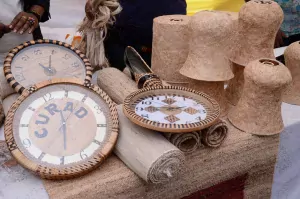
By Arnold Ageta
Banana plant stems are often underutilized after the fruit is harvested. They require significant effort to extract from the ground, and farmers must then painstakingly crush the plant waste into small pieces for use as crop mulch.
Is there a more efficient approach to managing this plant waste? According to a Ugandan company, the answer is a resounding yes. This business is actively gathering banana stems to convert the plant material into various products.
The idea is both new and sustainable in the East African country where banana plants are very important.
According to FAO, Uganda has the highest rate of banana use in the world. The country is Africa’s top banana crop producer.
A young local business, TEXFAD, deals with the banana plant waste. Now, it says it is making a profit from all the rotting stems.
TEXFAD collects some of the plant tissue to produce floor coverings, containers for home goods and more.
John Baptist Okello leads the business division of TEXFAD. He told Tidal Wave News that the business made sense in a country where farmers “are struggling” with millions of tons of banana-related waste.
The company works with seven different farmers’ groups in western Uganda. For every kilogram of dried fiber, the company pays $2.70.
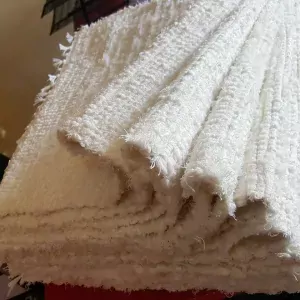
David Bangirana, the leader of one such group in Sheema District says ‘‘only a small part of the stem is used for fiber. The rest of the crushed plant remains is returned to the farmer for use as fertilizer.’’
TEXFAD also takes material from a third party, Tupande Holdings Ltd. Its trucks transport banana stems from farmers in central Uganda. Tupande’s workers search the stems for the best candidates as fiber which are turned into threads, thin long pieces of cloth.
‘‘Our company deals with more than 60 farmers who continuously supply surplus raw material,’’ says Aggrey Muganga of Tupande Holdings.
He adds that: ‘‘that number is only a small part of what is available in a country where banana crops makes up more than a million hectares of land.’’
Banana production has been increasing over the years. Statistics form the Uganda Bureau of Statistics indicate that banana production rose from 6.5 metric tons in 2018 to 8.3 metric tons in 2019.
Muganga said that they put extra income in the hands of the farmers. He added, “We turn this waste into something valuable that we sell to our partners who also make things.”
At a plant just outside the Ugandan capital Kampala, TEXFAD employs more than 30 people who use their hands to make products from banana fiber. The company is now exporting some products to Europe.
Such products are possible because “banana fiber can be softened to the level of cotton,” Okello said.
‘‘The company can manufacture paper products using the material and is collaborating with researchers to explore the potential of creating fabric from banana fiber. The company currently lacks the technology required for clothing production,’’ Okello mentioned.

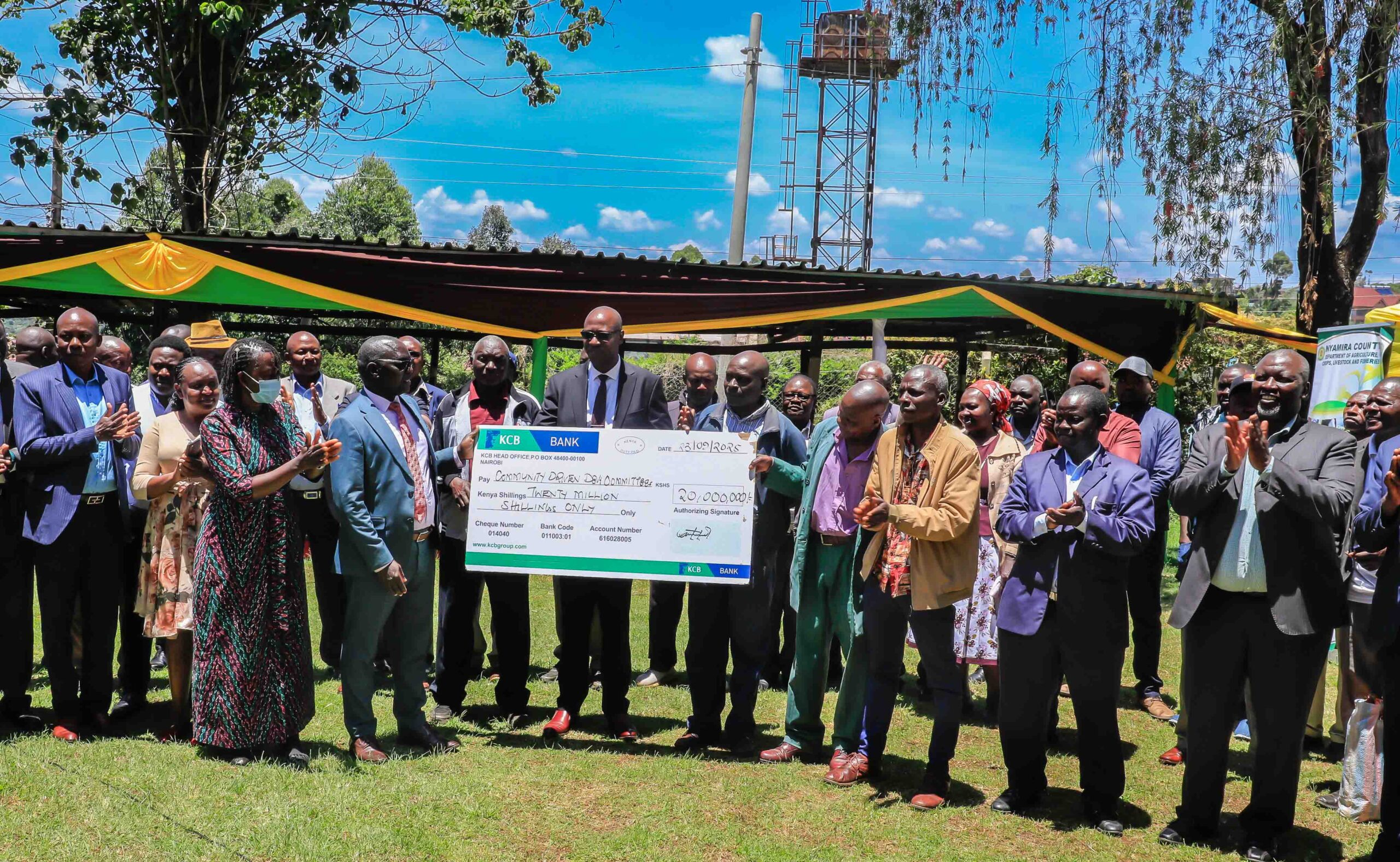
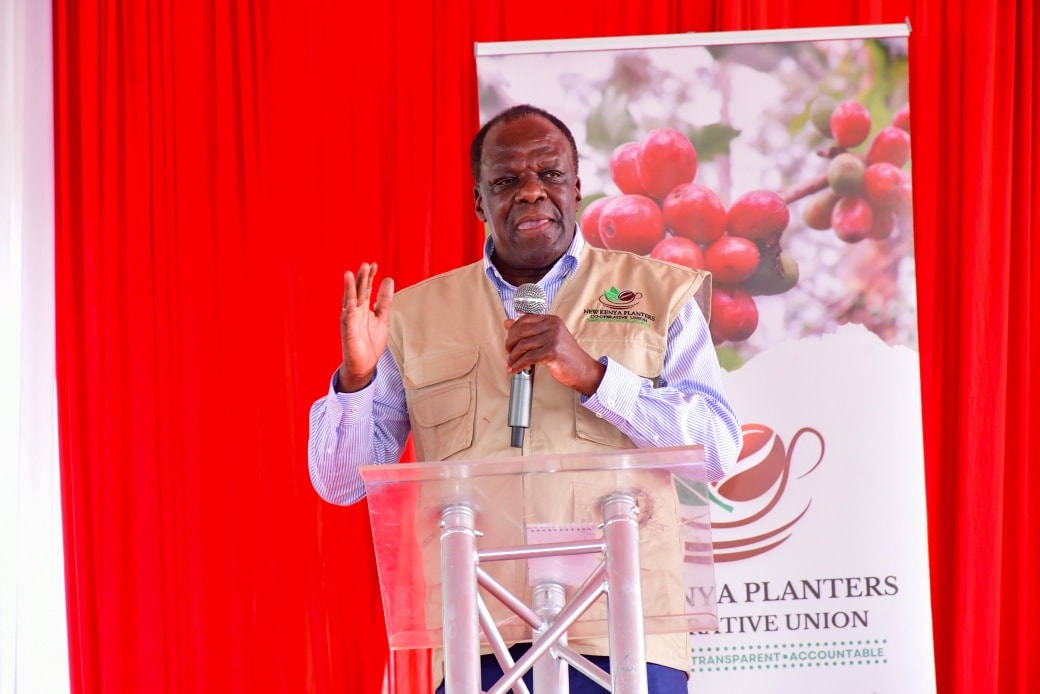
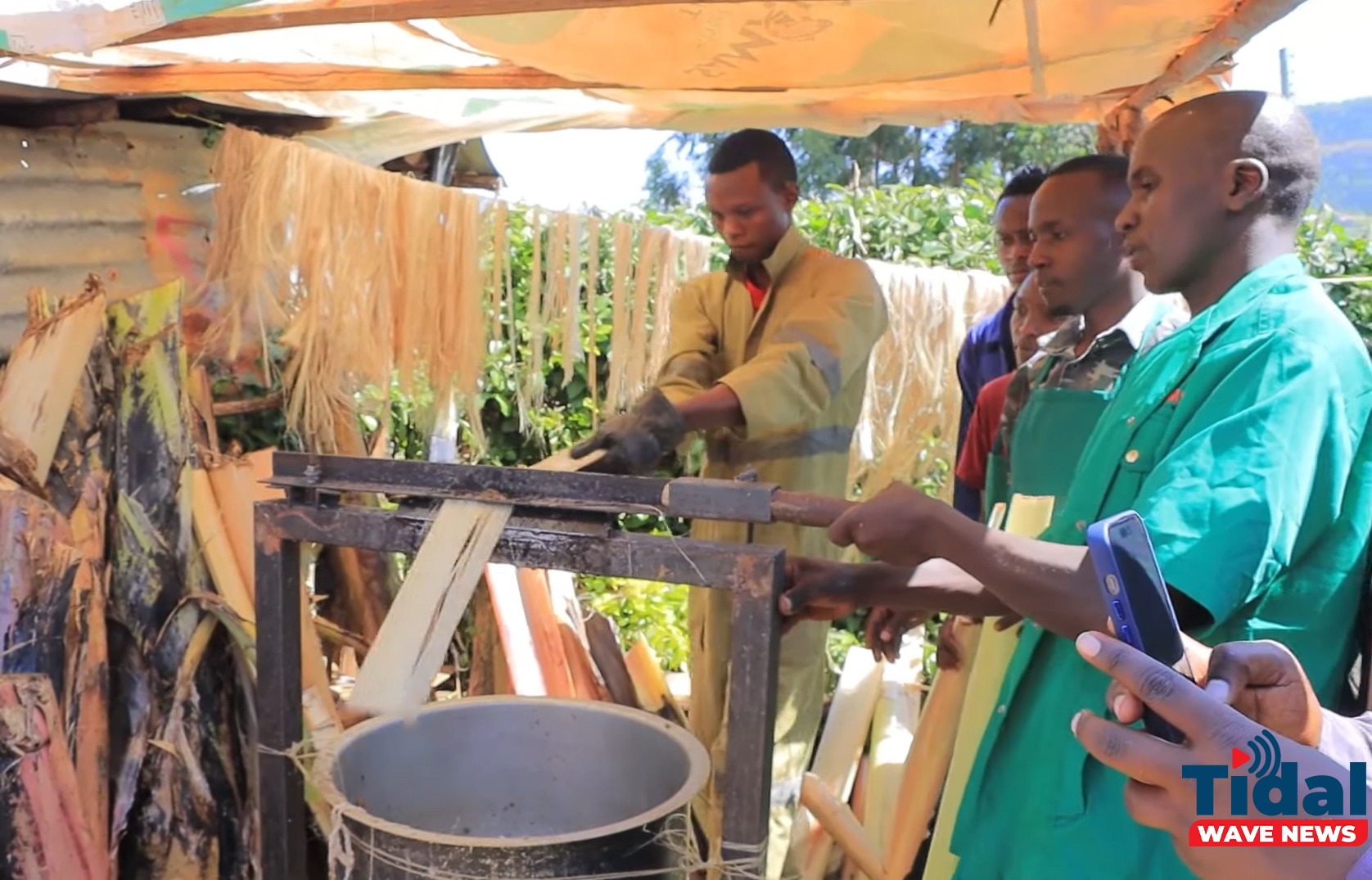
One thought on “Ugandan Entrepreneur Transforms Banana Fiber into Eco-Friendly Products”